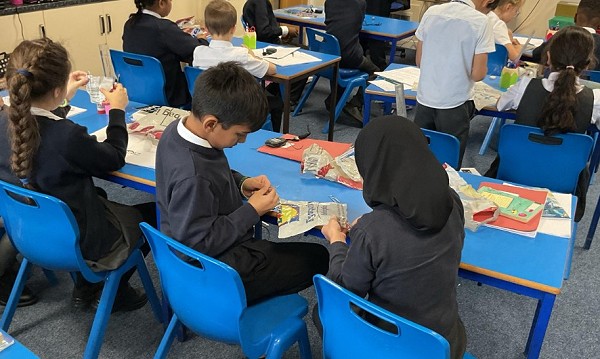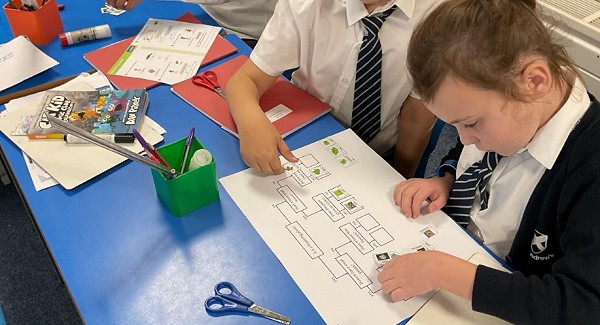Science
Science teaches pupils to explore, question and develop a secure understanding of the world around them. At St Andrew’s science is taught using the White Rose Education Science scheme of work. Topics are arranged into small steps, which follows a logical and comprehensive approach to learning scientific language, working scientifically, and building concepts and knowledge through the five science enquiry types of observation over time, pattern seeking, comparative and fair testing, research using secondary resources and identifying, classifying and grouping. The scheme follows the national curriculum and inspires children to actively engage in their learning.
EYFS
In Early Years, children are given extensive opportunities to explore the world around them. Science is taught through the Early Learning Goals strands: Understanding the World, Communication and Language, and Physical Development. The children explore the world around them through carefully selected topics which encourage children to ask questions, link their previous learning and understanding, and develop their curiosity in the world around them. In the autumn term the children have a visit from Stanley the tortoise, with their learning build around the topic of seasonal change and hibernation. Children use light boxes to explore bones inside our bodies to support their understanding of their physical development and understanding linked to their topic ‘All about me’. Children are supported to use the learnt vocabulary to ask questions, offering their own ideas and speaking about their own experiences in full sentences.
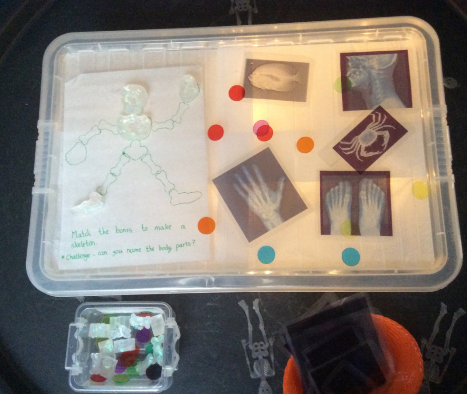
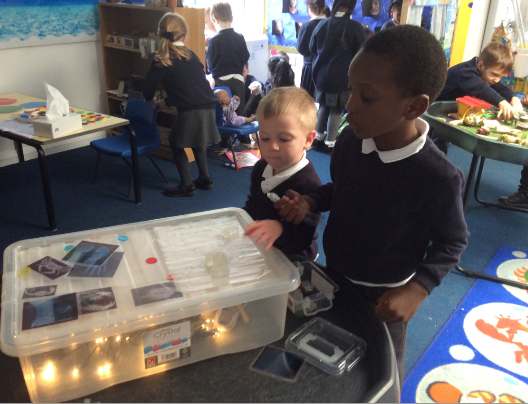
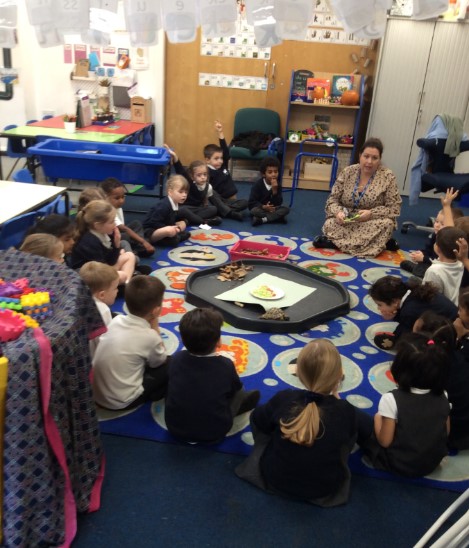
KS1
In KS1 children build on their previous learning and exploration in EYFS about seasonal changes, animals including humans, plants and materials through the national curriculum. They learn factual knowledge to support their understanding of scientific concepts in the three strands of biology, physics and chemistry as well as developing their science inquiry skills through working scientifically.
Children use observation to describe the seasonal changes throughout the year and to describe the weather associated with the seasons and how the day length varies. Children identify and name a variety of common animals, including fish, mammals, reptiles and birds and their basic needs for survival. Children group, label and categorise animals by their different features and needs. Through their understanding of living things and their habitats, children explore the difference between things that are living, dead and things that have never been alive within different habitats and the importance of food chains within microhabitats by observing and using simple equipment such as magnifying glasses, bug collectors and simple tables for gathering results.
Pupils will learn to identify and name a variety of common wild and garden plants including deciduous and evergreen trees growing within the school grounds. This then leads on to observing and describing how seeds and bulbs grow into mature plants. Children investigate and describe that plants need water, light and a suitable temperature to grow and stay healthy.
Children learn to name a variety of everyday materials such as glass, wood, plastic, metal, water and rock. They begin to describe the simple physical properties and compare and group them together based on their properties. This leads onto identifying and comparing the suitability of the materials for different purposes through simple tests and asking questions.
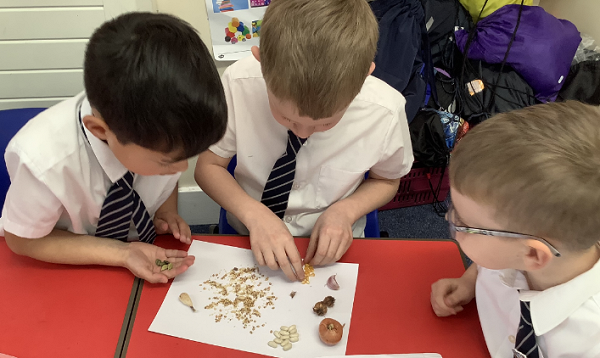
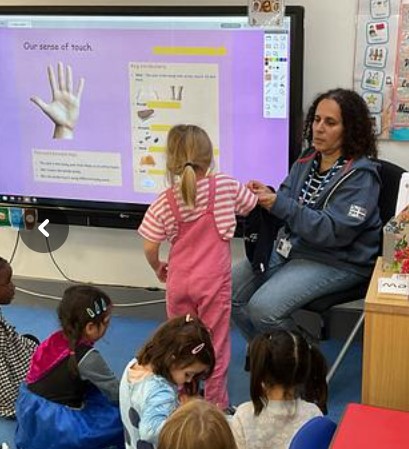
KS2
In KS2 children build on their understanding on the previous learning from EYFS and KS1 but they also explore new scientific concepts such as rocks, states of matter, electricity, forces and magnets, light, sound, evolution and inheritance as well as Earth and space.
Pupils build on their knowledge of animals including humans, plants, and materials and by increasing their extensive scientific vocabulary, adding to the scientific concepts and looking at processes with in the plant and human body such as describing photosynthesis and the human circulatory system.
Children increase their working scientifically knowledge and are expected to make predictions and present their findings using increasing complex scientific diagrams, classification keys, scatter graphs, bar and line graphs. Children will start to learn about taking accurate measurements and build on these to then be able to select and use the appropriate scientific equipment to support their investigations. Pupils begin to evaluate their findings and to develop this into making new predictions for future investigations.
